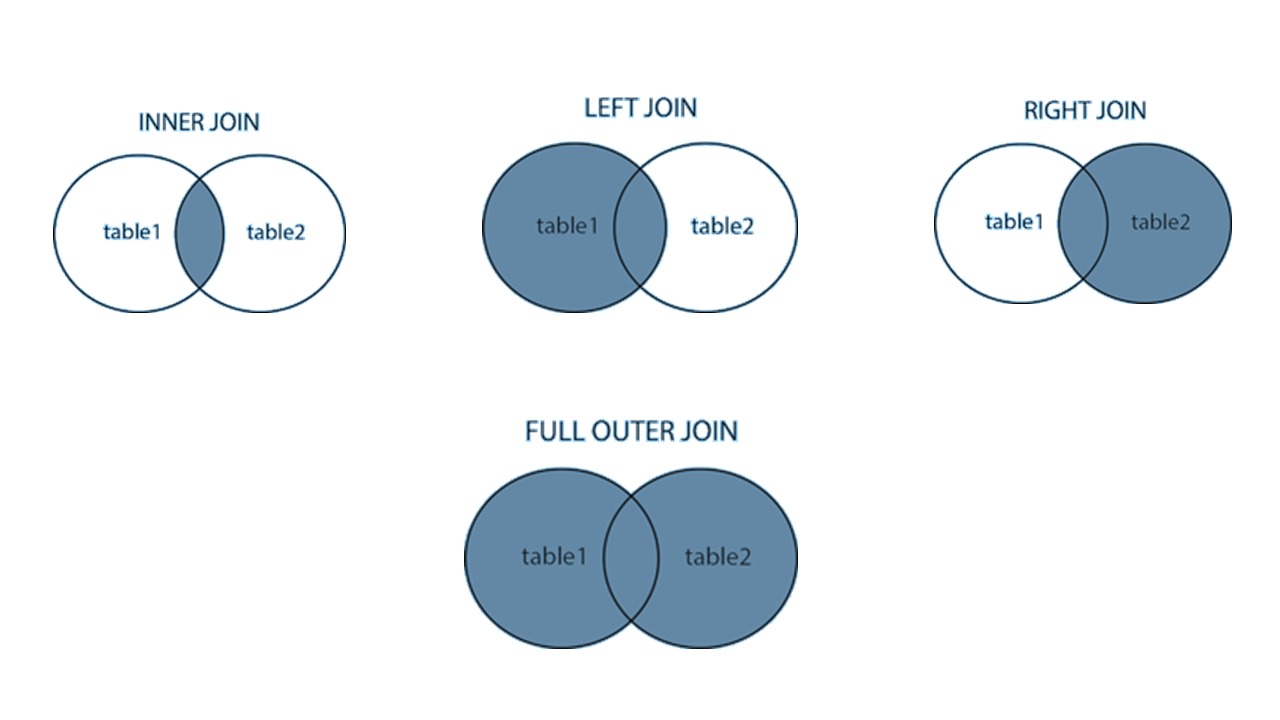
LEFT JOIN in SQL
Table of Content:
The SQL LEFT JOIN returns all rows from the left table, even if there are no matches in the right table. This means that if the ON clause matches 0 (zero) records in the right table; the join will still return a row in the result, but with NULL in each column from the right table.
This means that a left join returns all the values from the left table, plus matched values from the right table or NULL in case of no matching join predicate.

Syntax:
SELECT column_name(s) FROM table1 LEFT JOIN table2 ON table1.column_name = table2.column_name;
Table 1: Left Table: Subject
|
SubjectId |
SubjectName |
|
1 |
C |
|
2 |
Java |
Table 2: Right Table: Chapter
|
ChapterId |
ChapterName |
SubjectId |
|
1 |
Introduction C |
1 |
|
2 |
Datatypes C |
1 |
|
3 |
Introduction Java |
2 |
|
4 |
Datatypes Java |
2 |
|
5 |
Introduction Python |
3 |
|
6 |
Datatypes Python |
3 |
|
7 |
Introduction PHP |
4 |
|
8 |
Datatypes PHP |
4 |
Example: Left Join
Code:
SELECT * FROM Subjects LEFT JOIN Chapters ON Subjects.SubjectId = Chapters.SubjectId;
Output:
The above code will produce the following result-
|
SubjectId |
SubjectName |
ChapterId |
ChapterName |
SubjectId |
|
1 |
C |
1 |
Introduction C |
1 |
|
1 |
C |
2 |
Datatypes C |
1 |
|
2 |
Java |
3 |
Introduction Java |
2 |
|
2 |
Java |
4 |
Datatypes Java |
2 |
Example 2:
For this example we will change the data of the tables, lets understand it.
Code:
-- Example 2 - left join DELETE FROM Subjects DELETE FROM Chapters INSERT INTO Subjects VALUES (1, 'C'), (2, 'Java'), (3, 'Python'), (4, 'PHP') INSERT INTO Chapters VALUES (1, 'Introduction C', 1), (2, 'Datatypes C', 1), (3, 'Introduction Java', 2), (4, 'Datatypes Java', 2) SELECT * FROM Subjects SELECT * FROM Chapters
Code: Left Join
SELECT * FROM Subjects LEFT JOIN Chapters ON Subjects.SubjectId = Chapters.SubjectId;
Output:
The above code will produce the following result-
|
SubjectId |
SubjectName |
ChapterId |
ChapterName |
SubjectId |
|
1 |
C |
1 |
Introduction C |
1 |
|
1 |
C |
2 |
Datatypes C |
1 |
|
2 |
Java |
3 |
Introduction Java |
2 |
|
2 |
Java |
4 |
Datatypes Java |
2 |
|
3 |
Python |
NULL |
NULL |
NULL |
|
4 |
PHP |
NULL |
NULL |
NULL |
Prerequisite Codes
If you don't have the above tables create those table from the below code and let practice.
Code:
-- USE Database USE SQLExamples DROP TABLE Subjects DROP TABLE Chapters CREATE TABLE Subjects( SubjectId INT, SubjectName VARCHAR(30) ) CREATE TABLE Chapters( ChapterId INT, ChapterName VARCHAR(30), SubjectId int, ) INSERT INTO Subjects VALUES (1, 'C'), (2, 'Java') INSERT INTO Chapters VALUES (1, 'Introduction C', 1), (2, 'Datatypes C', 1), (3, 'Introduction Java', 2), (4, 'Datatypes Java', 2), (5, 'Introduction Python', 3), (6, 'Datatypes Python', 3), (7, 'Introduction PHP', 4), (8, 'Datatypes PHP', 4) SELECT * FROM Subjects SELECT * FROM Chapters